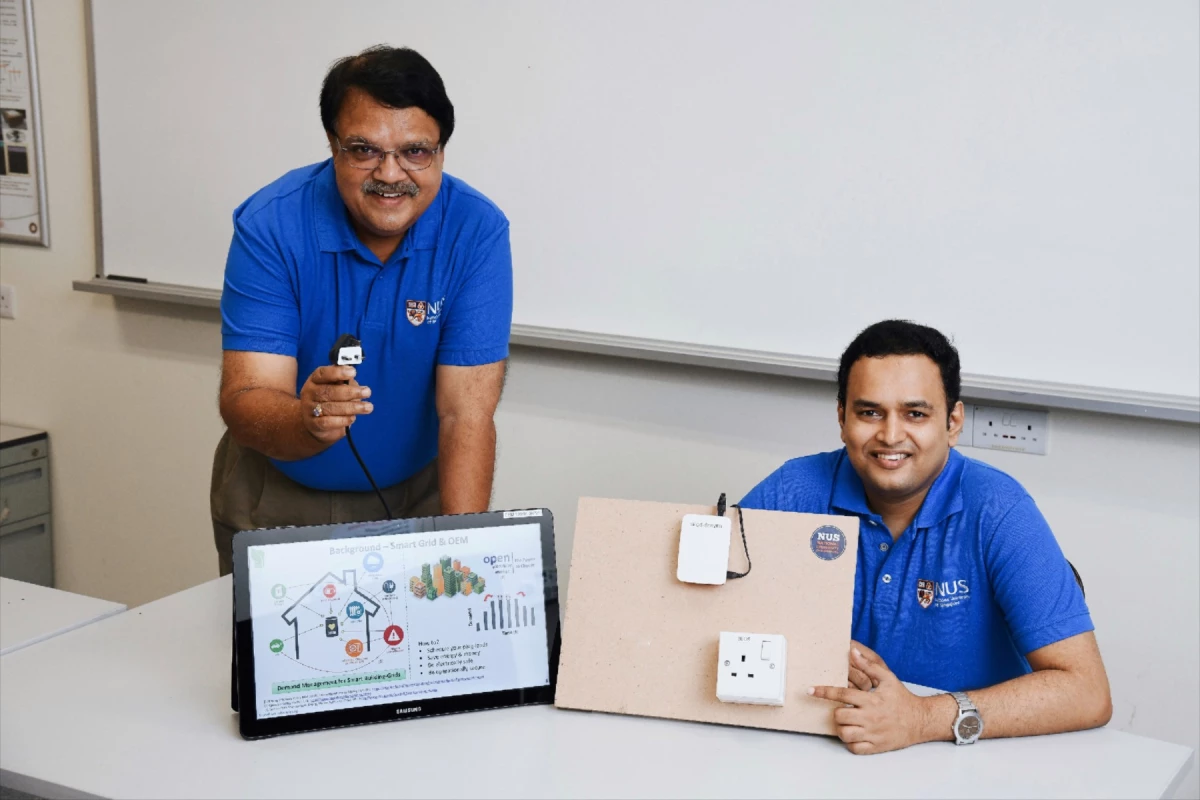While there are now many home appliances that can be remotely monitored and controlled via the internet, each one of those has to incorporate specialized Internet of Things (IoT) electronics. Engineers have now created a simpler system, that moves those electronics to the home's wall outlets.
Known as the Smart Electrical Outlet/Socket (SEOS) system, the technology is being developed by a team at the National University of Singapore. It incorporates a network of "smart" faceplates that replace those presently on a building's electrical outlets, along with NFC (near field communications) stickers that are adhered to the plug on each appliance's power cord. All of the outlets in one building are connected via Wi-Fi to a central server.
When one of the plugs is pushed into one of the outlets, an NFC reader in that outlet is able to identify the appliance by a unique code on the sticker. The server then looks up the electrical specifications of that appliance, in a database. Users are subsequently able to turn that appliance on and off over the internet, simply by powering up or shutting off the outlet. This means that when the appliance isn't in use, it won't be drawing any current at all – with regular outlets, appliances still use some electricity when in standby mode.
The system also allows users to check if an appliance has been accidentally left on, by monitoring the real-time draw from its outlet. It's additionally possible to put individual outlets on a schedule, so they automatically turn their appliance on and off at specific times of day. What's more, if the system detects that an appliance is drawing more current than its specified amount, it will automatically shut the outlet off to keep the appliance from overheating.
According to the university, it should cost about US$80 per outlet to install the SEOS system, and the technology should reduce a building's total plug load energy consumption by 30 to 60 percent – depending on the size of the building. SEOS also ought to reduce the cost of appliances and the amount of e-waste they produce, as each device won't need to incorporate its own IoT electronics.
"The applications of this development are not just for buildings or building owners," says the lead scientist, Assoc. Prof. Sanjib Kumar Panda. "This can benefit the busy office workers who rush to work, forgetting to turn off the iron in their haste, or the elderly folk who live alone. Smart sockets will enable anyone to remotely check in how devices are performing, and control them."
Source: National University of Singapore




